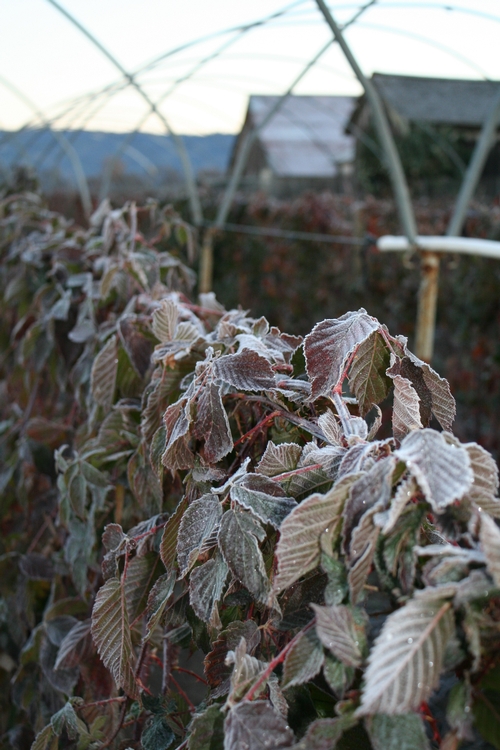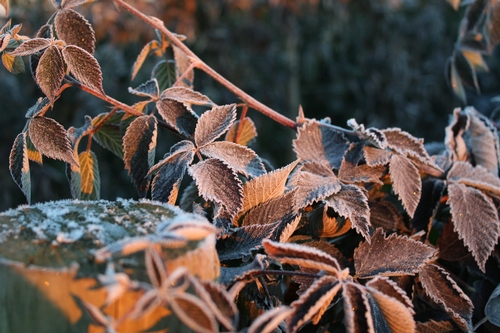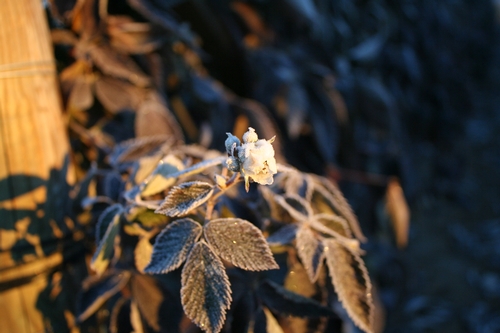Understanding Chill for Berries in California
The cold weather we have been experiencing over the past few days has prompted a lot of talk and even articles in the popular press over what the effect of this cold would be to local berry growers. Beyond the damage that very cold temperatures could cause tender plant parts such as flowers and emerging vegetative parts (of which we fortunately don’t have very many right now), the question worth exploring is what benefit this weather could be bringing to our berry crops.
Many of our cultivated fruiting plants originate from temperate regions, including many berry species and tree fruits, and as such go dormant in response to oncoming cold weather in the autumn. This adaptation of dormancy protects the plant buds from injury when temperatures fall below freezing and the buds stay this way until enough cold has been accumulated over time.
This accumulation of cold over time, known as chilling requirement and measured in hours as chill units, is the minimum amount of cold after which many fruit trees, caneberries and strawberries need to be exposed to in order to grow properly in the following spring. The total number of hours of chill needed to establish proper flowering and vegetative growth vary substantially for plant types and even between varieties of the same plant species.
If plants requiring a certain amount of chill hours do not receive it, they may end up blooming or leafing out late in the spring or in an spread out, uneven fashion. Additionally, they may subsequently experience reduced fruit production and quality.
Another complication of calculating chill units in California, as compared to much colder regions of the country, for example Wisconsin where temperatures can be below freezing for weeks at a time (go Badgers!), is that our region tends to have a cycling of warm and cold weather throughout the winter. How then do we as agriculturalists in California calculate chill accumulation in this back and forth between cold and warm?
To calculate chill hours, there are three common models all based on the principle that plants accumulate chill between 45 degrees F and freezing (32 degrees F and not below). One model ignores the below freezing threshold and simply calculates total number of hours under 45 degrees F, another calculates number of hours between 32 degrees and 45 degrees, and another, called the Utah model, is bounded by 34 degrees and 45 degrees but also accounts for negative chill accumulation, being the understanding that temperatures above 61 degrees detract from chill hours already accumulated. It is worth pointing out that in the Utah model, temperatures under 34 degrees do not accumulate chill, nor do they detract from it.
Yet, the fluctuating temperatures of California still are a challenge to some degree for these models, and the University of California is engaged in research to get a better handle on these conditions, and is has been testing a “Dynamic Chill Model” and a “Chill Portion Model”. Both of these are beyond the scope of this blog, but Central Coast agriculturalists seeking to further their understanding about chill and how to manage it, will find an excellent resource at :
http://fruitsandnuts.ucdavis.edu/Weather_Services/chilling_accumulation_models/

7:15 am, January 13, 2013. Temperature 25 degrees F. Good morning Watsonville!

Blackberry leaves covered in frost - plus or minus benefit to the plant?

This frost covered blackberry flower will unfortunately not make it to fruiting.

